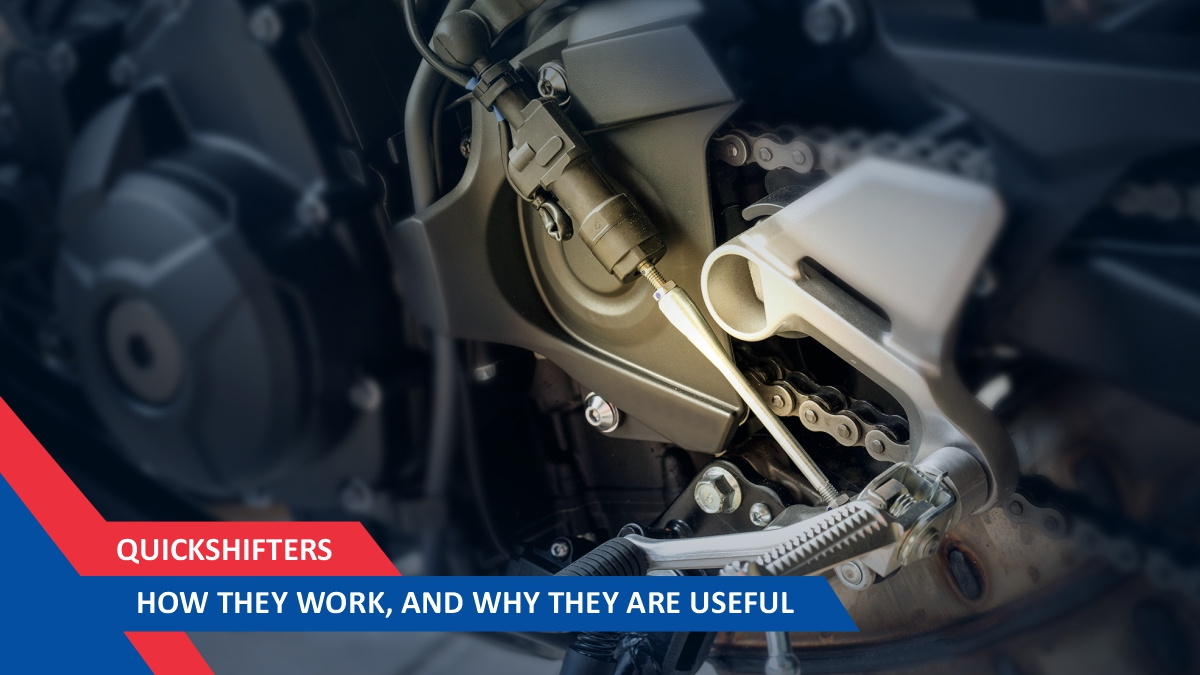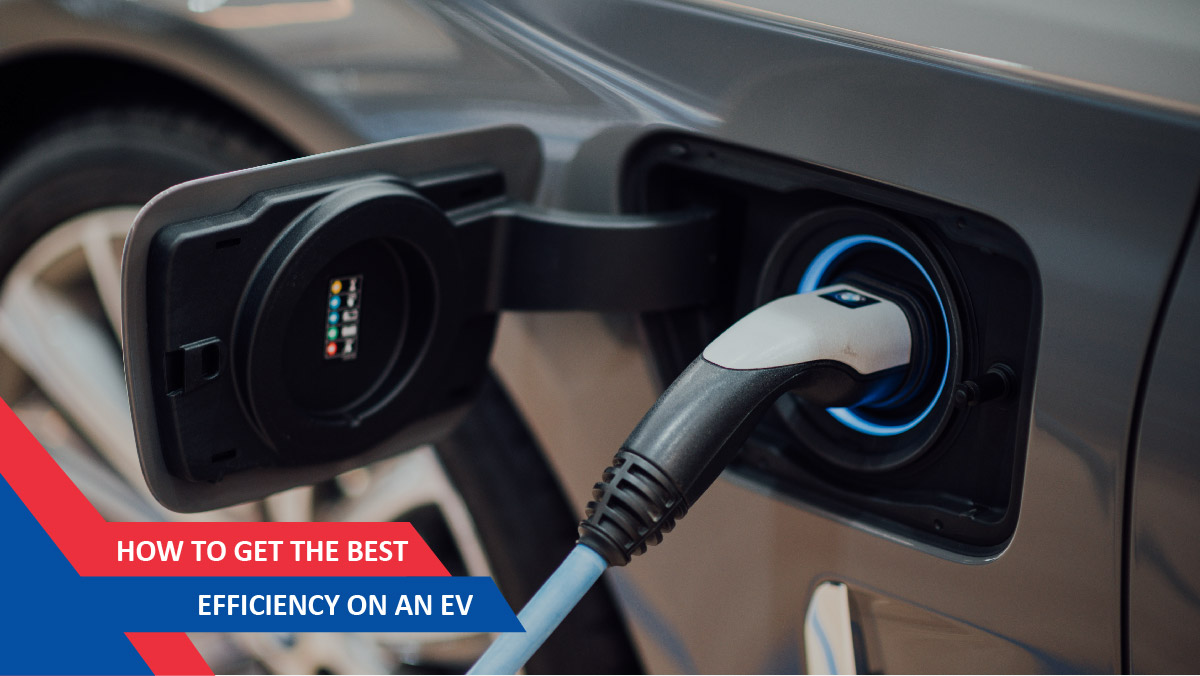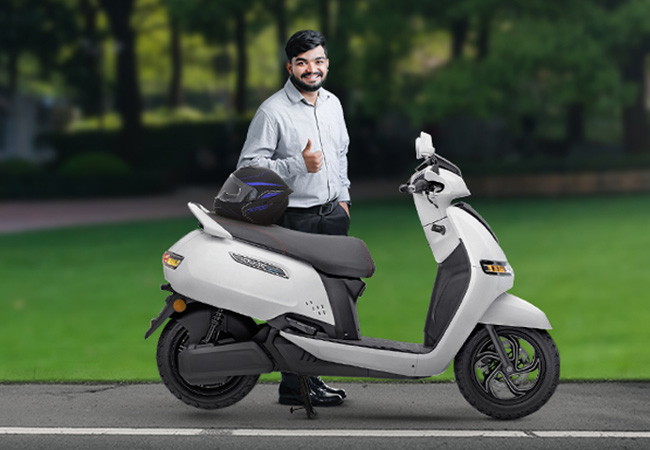So, what really is a quickshifter on a motorcycle? Why is it needed and does an everyday rider benefit from it? What are the various types of a quickshifter, and what are its upsides and downsides? With modern electronics getting more and more commonplace on motorcycles, some premium pieces of technology which were hitherto reserved only for the racetrack are now trickling down to even street bikes. Quickshifters are exponents of one such technology which has been available on hi-end, expensive bikes for some time now. Some Indian two-wheeler manufacturers, however, have gone ahead and introduced it on their motorcycles as well and allowed their customers to enjoy its benefits. The TVS Apache RTR 310 is one such motorcycle, which allows its users to enjoy this modern tech without having to break the bank. In this detailed article, we’ll unravel the science behind quickshifters, and everything you need to know about them.
The need for a quickshifter
Like most cutting-edge motorcycle technologies, the need for a quickshifter originated at the racetrack. The process of pulling in the clutch lever, rev matching, or blipping the throttle as you shift gears every time, takes away a small fraction of time for each gear shifts. Now that might not sound like much in isolation, knowing that a rider performs a gearshift dozens of times during a single lap. Over the course of a race, however, it adds up to be a significant number, which sometimes is all the difference between standing on the podium or being in the crowd. Hence, the quickshifter is helpful in eliminating the loss of acceleration time. As the name suggests, a quickshifter makes the gear shift happen, well, quickly. Also, the quickshifter significantly reduces the effort required by a rider to modulate the throttle and pull in the clutch lever as he takes a corner, which, in essence simplifies things and helps the rider concentrate better on riding faster.
How does it work?
There are two types of quickshifters to start with. The first one helps the rider while upshifting, while the second one assists both upshifts and downshifts. The variety that handles both upshifts and downshifts is known as a bi-directional quickshifter. Let’s see how a quickshifter facilitates a shift without the need for the rider to engage the clutch. We’ll discuss the upshift first, as it’s the more basic version and is common to both types of quickshifter.
The upshift quickshifter
As explained earlier, on a motorcycle without a quickshifter, a rider typically would close the throttle, depress the clutch lever, which disengages the drivetrain from the engine before an upshift. As the engine revs are reduced and the power isn’t transmitted to the gear box, the gears are disengaged. Following this, the rider uses the gear selector to shift to the next gear, then re-engaging the drivetrain by release of the clutch lever and gets on the throttle again. Those who know how to ride would be familiar with the whole process and would probably have performed it countless number of times themselves. While all of it appears to happen quickly, it does take a wee bit of time. In fact, to cut the time the traditional upshifting process requires, some riders also perform what is known as a clutch less upshift, wherein, the rider just rolls off the throttle momentarily without depressing the clutch lever, selects the next higher gear and gets on the throttle.
An upshift quickshifter would eliminate not just the requirement for the clutch lever to be pulled in but also the need for the rider to roll off the throttle. On earlier motorcycles, quickshifters facilitated this by cutting the spark in the engine, and therefore power for a small fraction of a second. On modern fuel injected motorcycles with electronic throttle control, the same effect can be achieved by throttle valve modulation, cutting spark / fuel momentarily by the electronic brain called ECU. Cutting only the spark has the disadvantage of letting unburnt fuel pass through the system. Hence, on modern fuel injected motorcycles, cutting the fuel supply along with throttle valve modulation is the preferred way to cut engine power and facilitate a clutch less upshift.
But how does the motorcycle know when the rider is about to upshift? Well, this is facilitated by an electronic sensory device which is usually set up on the gear shifter lever. The job of this electronic device, in layman terms, is to sense a change in pressure on the shifter. It then sends the signal to the electronic brain of the machine to cut fuel or spark momentarily. This allows for a smooth gear shift without the need to depress the clutch or to roll off the throttle, as explained earlier. An older way to cut power was a mechanical switch which operated with the help of a spring, but in modern motorcycles, such systems are not used anymore.
The downshift quickshifter
Let’s now talk about the other part of a bi-directional quickshifter, i.e the quick downshifter, something that’s also often known as an autoblipper, and quite aptly so. A quickshifter, meant to downshift, manages that task for you, i.e. blipping the throttle, or rev matching, without you having to do anything, hence the name. Now since modern motorcycles have an army of sensors and electronics controlling the fuel supply and engine speed, it’s rather easy to direct the engine to rev up with the help of some electronic signals once the pressure sensor we mentioned earlier senses an upcoming downshift.
Do I need a quickshifter on my motorcycle?
As mentioned right at the beginning of this piece, the functional use of a quickshifter is to cut those milliseconds while gear shifting to give racing riders an advantage over their competitors at the racetrack. So, if you are someone who visits a racetrack and indulges in motorcycle racing, get yourself a motorcycle with a quickshifter. This is especially true if you don’t want to see a rider with skills like you pull away only because your competitor’s motorcycle is equipped with a quickshifter unit.
For everyday use also, from a comfort and convenience perspective, a quickshifter would save you some effort. The good thing is, modern motorcycles offer you the option to turn their quickshifters on or off based on your preference or riding style, so you get to have the best of both worlds. In a nutshell, switchable quickshifters offer a versatile option which is suitable for both track oriented machines as well as street motorcycles.
With the democratization of complex electronics on motorcycles, this once elite tech is now available on some very affordable motorcycles as well. If you are in the market for a performance motorcycle, do make sure that you check all the models available within your budget, and if a motorcycle offers a bi-directional quickshifter, by all means go for it. A motorcycle with a switchable bi-directional quickshifter truly offers you the best of both worlds, where you get to decide whether you wish to hone your gear shifting skills, or indulge in the quickness and convenience offered by the tech.





